PANACUR® SUSPENSION 10% (fenbendazole)
Cattle dewormer for the removal and control of lungworms, stomach worms, and intestinal worms.
LEARN MOREBOVILIS® VL5 SQ
For the vaccination of healthy cattle 6-months or older against reproductive disease caused by Campylobacter fetus and leptospirosis.
LEARN MOREBOVILIS® ONCE PMH® SQ
For the vaccination of healthy cattle 3 months or older against respiratory disease due to Mannheimia haemolytica and Pasteurella multocida.
LEARN MOREBOVILIS® ONCE PMH® IN
Intranasal vaccine for healthy cattle 1-week or older against Mannheimia haemolytica and Pasteurella multocida.
LEARN MOREBOVILIS® L5 SQ
For the vaccination of healthy cattle 6-months and older for preventing leptospirosis and prevention of urinary shedding of L. hardjo organisms.
LEARN MOREBOVILIS® J-5
For vaccination of healthy adult cattle, including pregnant cattle, against mastitis due to Escherichia coli.
LEARN MOREBOVILIS® CORONAVIRUS
Intranasal vaccine shown to be effective for the vaccination of healthy calves against enteric disease caused by bovine coronavirus.
LEARN MOREPANACUR® C CANINE DEWORMER
LEARN MOREPANACUR® (fenbendazole) POWERPAC
PANACUR® (fenbendazole) Paste 10% is indicated for the control of large strongyles (Strongylus edentatus, S. equinus, S. vulgaris), encysted early third stage (hypobiotic), late third stage and fourth stage cyathostome larvae, small strongyles, pinworms (Oxyuris equi), ascarids (Parascaris equorum), and arteritis caused by fourth stage larvae of Strongylus vulgaris in horses.
LEARN MOREPANACUR® (fenbendazole) Paste 10%
PANACUR® Paste 10% is indicated for the treatment and control of large strongyles (Strongylus edentatus, S. equinus, S. vulgaris), encysted early third stage (hypobiotic), late third stage and fourth stage cyathostome larvae, small strongyles, pinworms (Oxyuris equi), ascarids (Parascaris equorum), and for the control of arteritis caused by fourth stage larvae of Strongylus vulgaris in horses.
LEARN MORE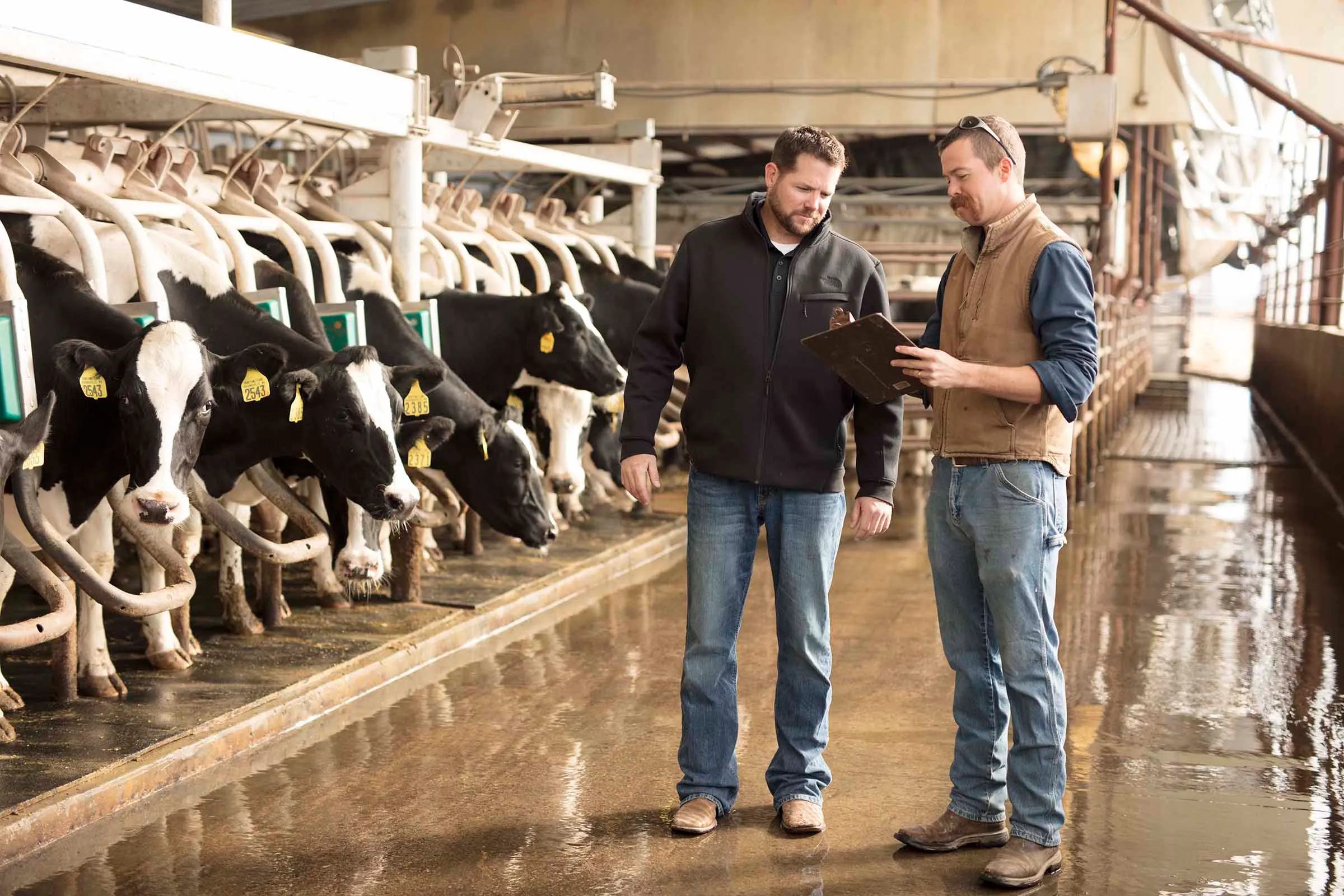
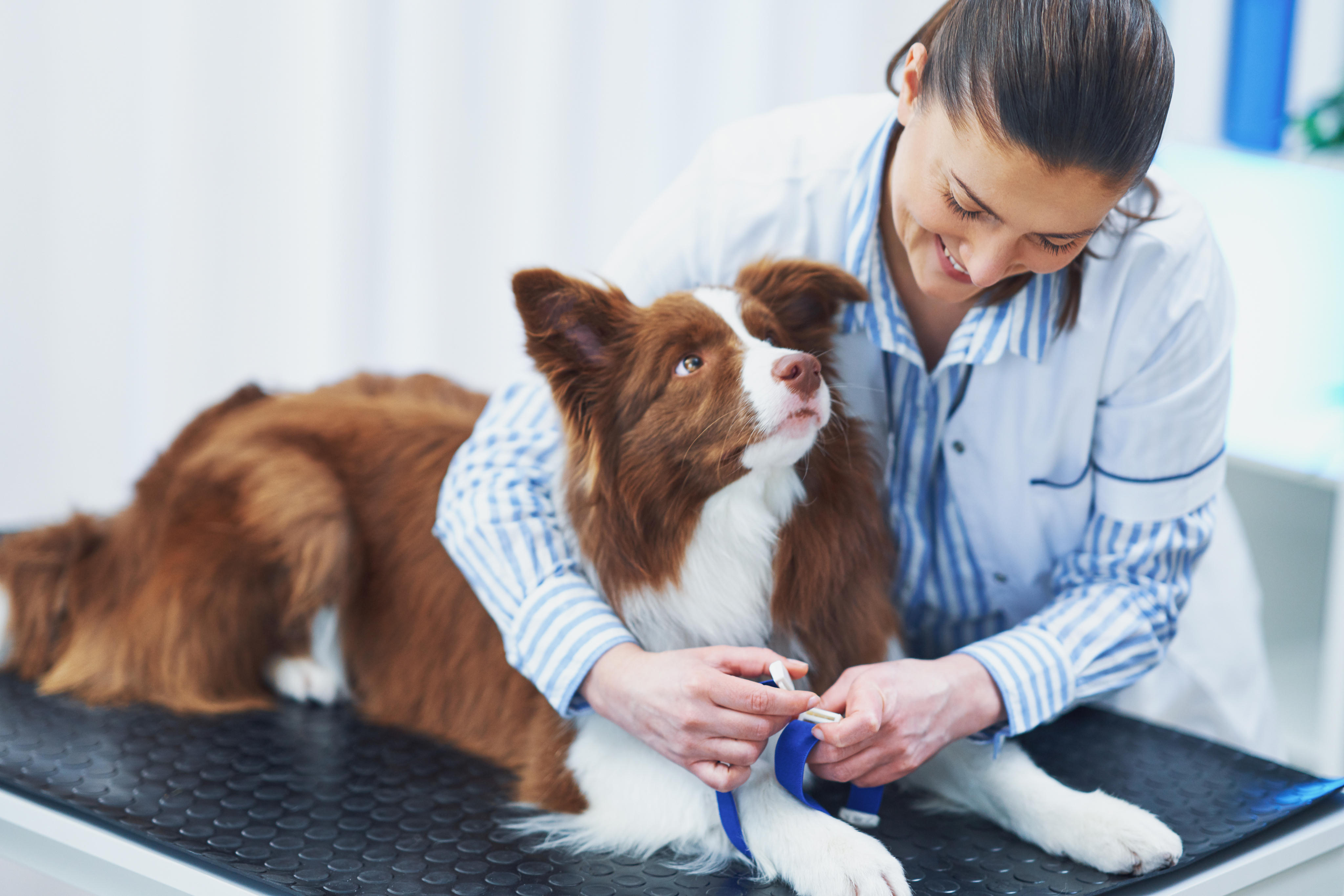
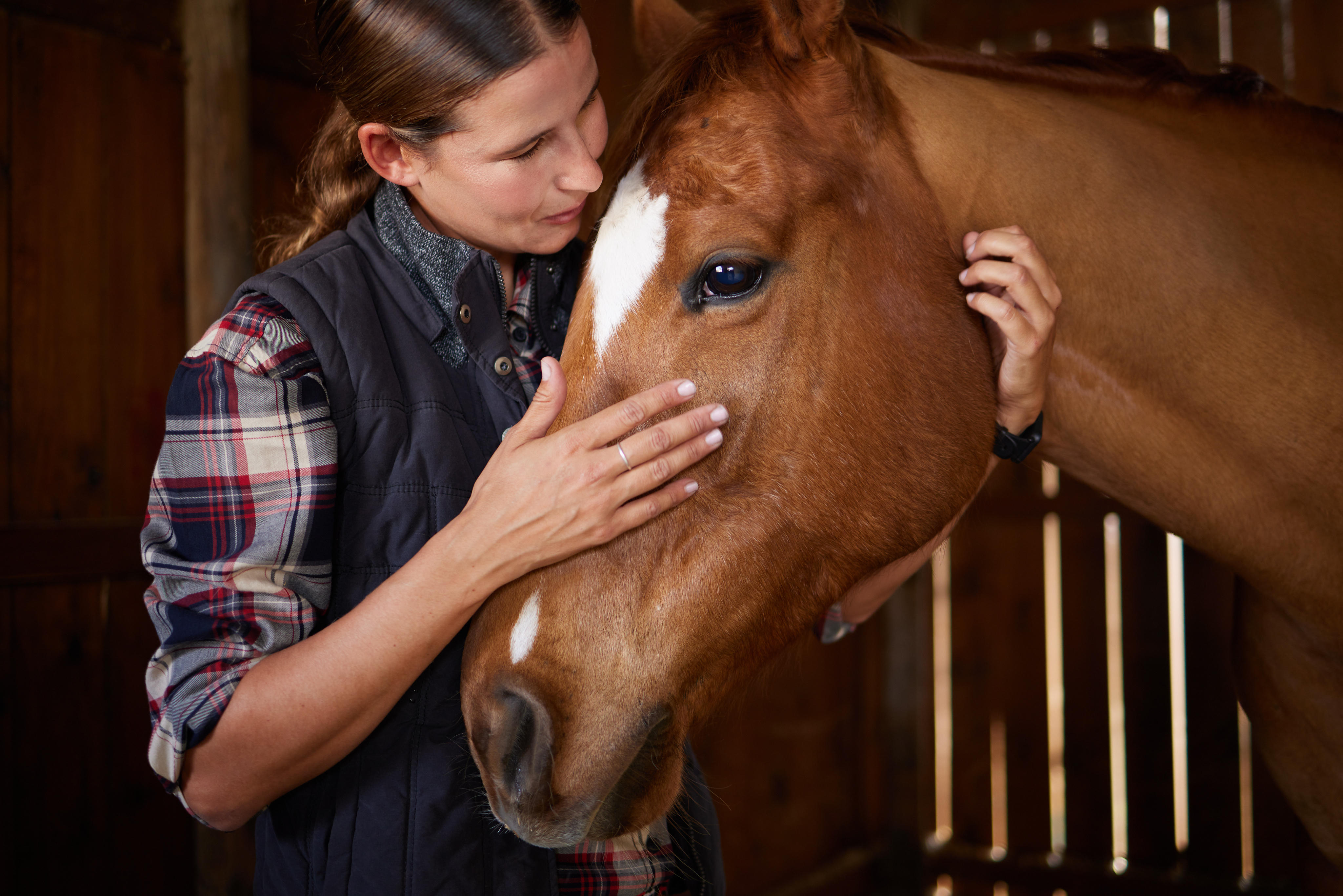
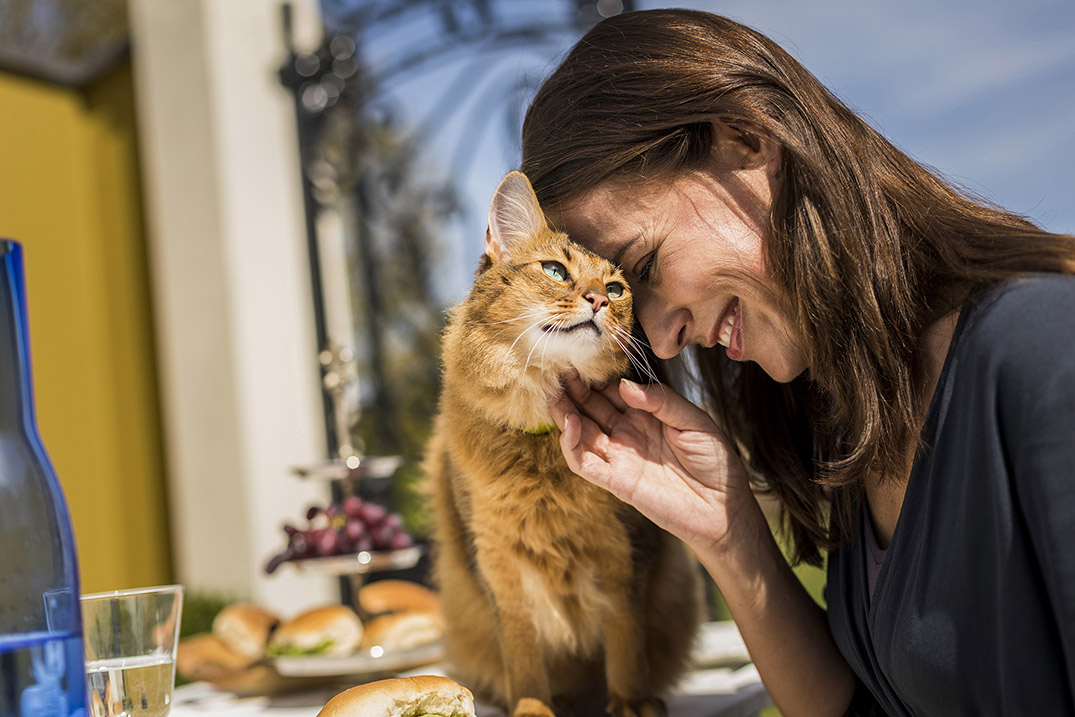
 Go To United States
Go To United States Algeria
Algeria Argentina
Argentina Australia
Australia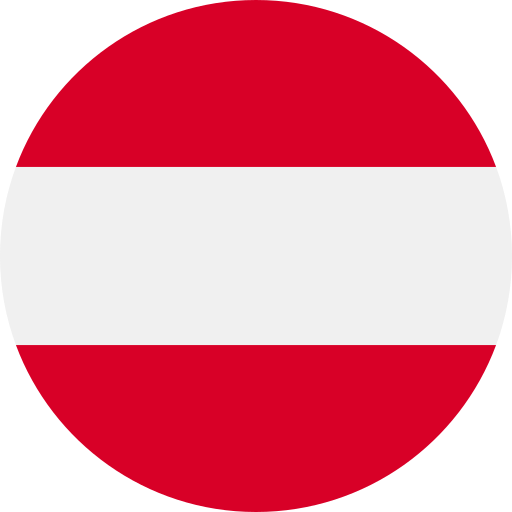 Austria
Austria Bahrain
Bahrain Belgium (Dutch)
Belgium (Dutch) Brazil
Brazil Canada (English)
Canada (English)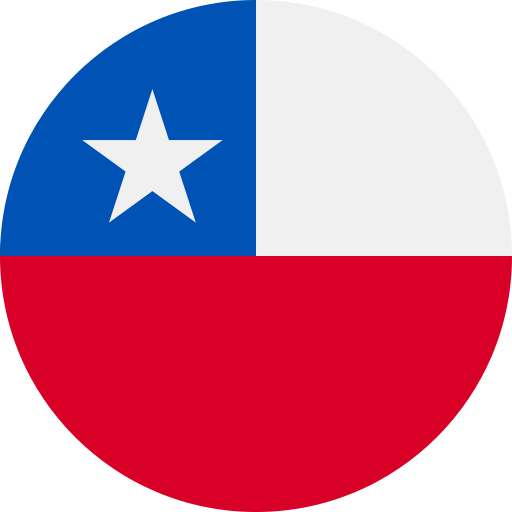 Chile
Chile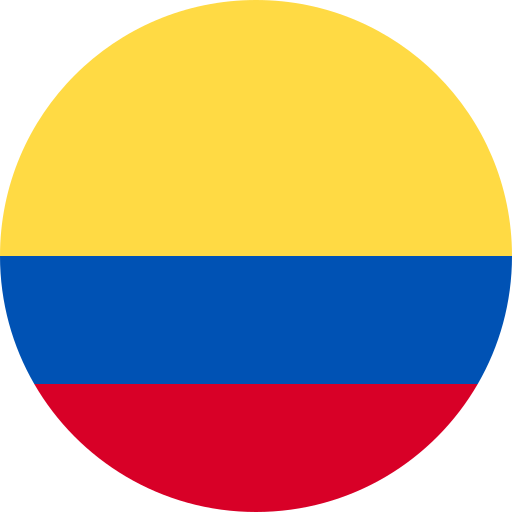 Colombia
Colombia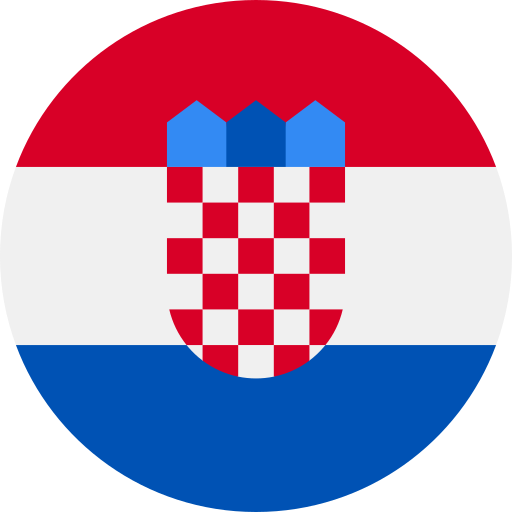 Croatia
Croatia Czech Republic
Czech Republic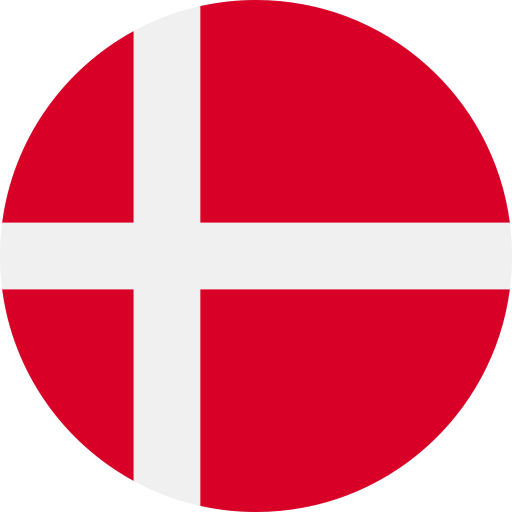 Denmark
Denmark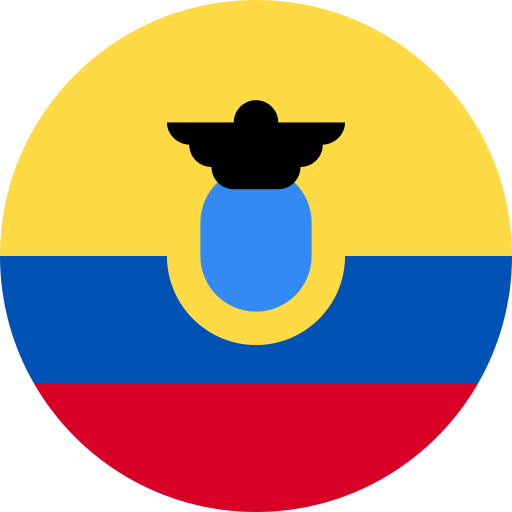 Ecuador
Ecuador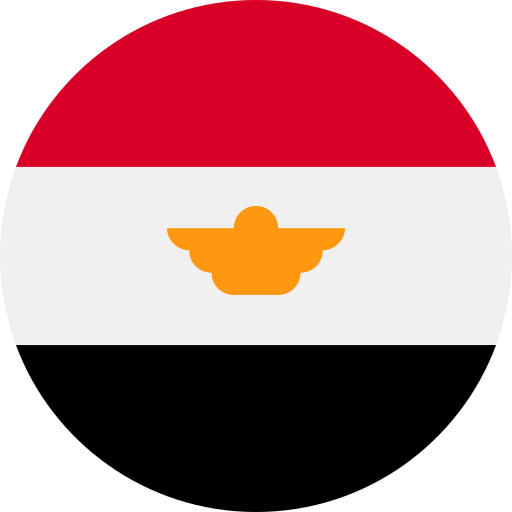 Egypt
Egypt Finland
Finland France
France Germany
Germany Greece
Greece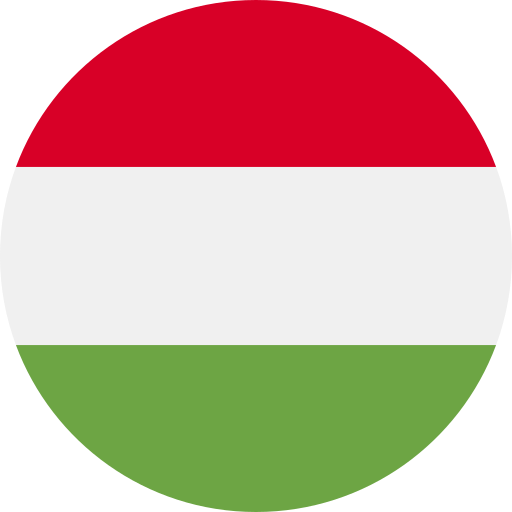 Hungary
Hungary India
India Indonesia
Indonesia Iraq
Iraq Ireland
Ireland Israel
Israel Italy
Italy Japan
Japan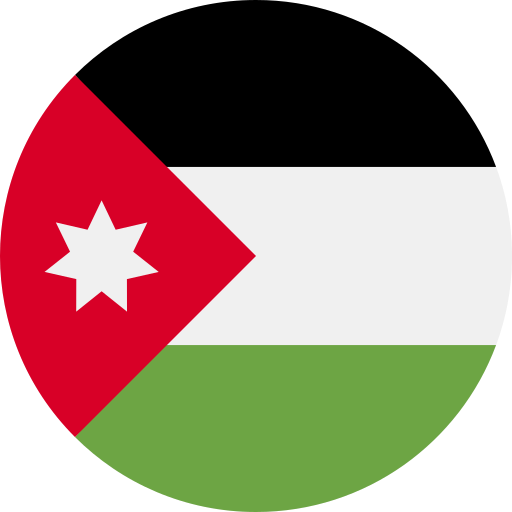 Jordan
Jordan Kuwait
Kuwait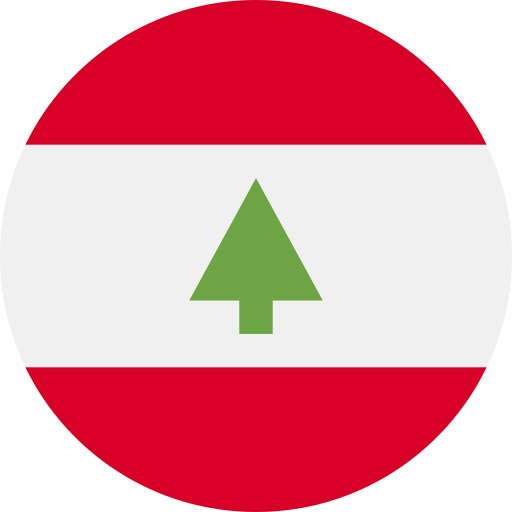 Lebanon
Lebanon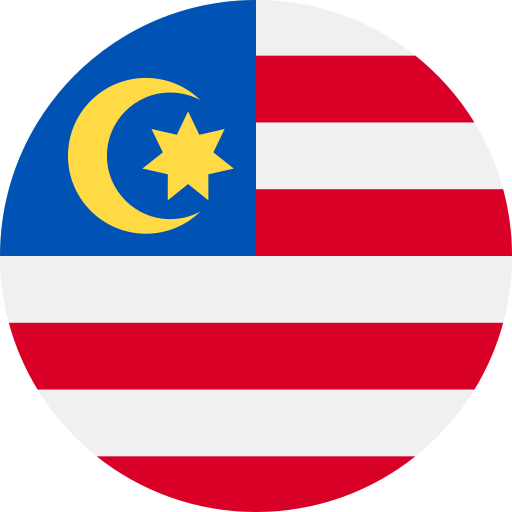 Malaysia
Malaysia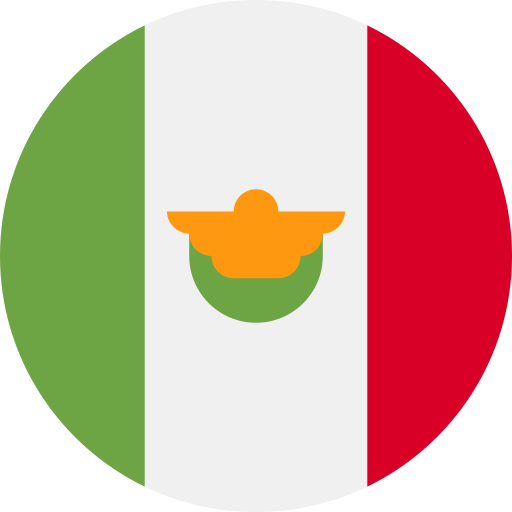 Mexico
Mexico Morocco
Morocco Netherlands
Netherlands New Zealand
New Zealand Norway
Norway Oman
Oman Panama
Panama Peru
Peru Philippines
Philippines Poland
Poland Portugal
Portugal Qatar
Qatar Romania
Romania Russian Federation
Russian Federation Saudi Arabia
Saudi Arabia South Africa
South Africa South Korea
South Korea Spain
Spain Sweden
Sweden Switzerland (French)
Switzerland (French) Taiwan
Taiwan Thailand
Thailand Tunisia
Tunisia Turkey
Turkey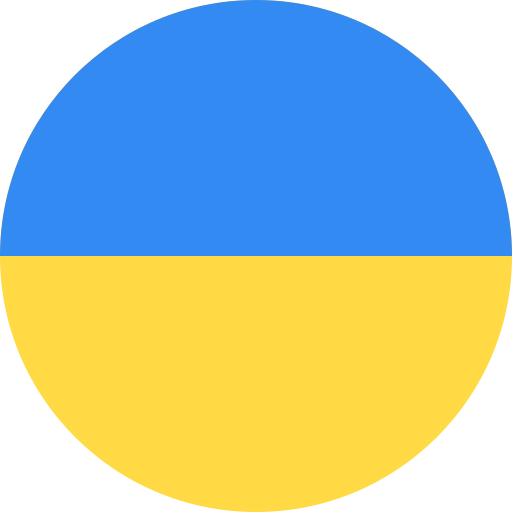 Ukraine
Ukraine United Arab Emirates
United Arab Emirates United Kingdom
United Kingdom Uruguay
Uruguay Yemen
Yemen Global
Global